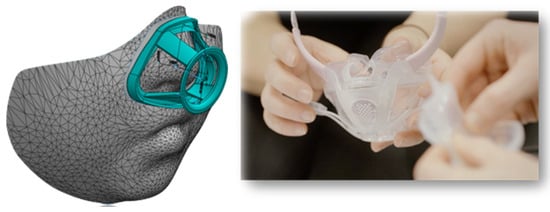Children represent the future, and ensuring their physical, socio-emotional, language, and cognitive development is integral to health technology development. The development of a child from term or preterm neonate to a fully mature individual relies on complex physiological, anatomical, developmental, and social changes. Understanding the inter- and intra-population differences within the pediatric subpopulations is necessary to address the existing challenges and break down some of the long-recognized barriers [5]. There is thus a clear need for research infrastructure and networks with the depth of expertise to support pediatric device development through collaboration across the life sciences sector.
- medical devices
- pediatrics
1. The Complexities in the Development of Medical Devices for Children
| Age | Approximate Weight (kg) | Systolic Blood Pressure (mmHg) | Heart Rate (Beats per Minute) | Respiratory Rate (Breath per Minute) |
|---|---|---|---|---|
| Term | 3.5 | 60–105 | 110–170 | 25–60 |
| 3 months | 6 | 65–115 | 105–165 | 25–55 |
| 6 months | 8 | 65–115 | 105–165 | 25–55 |
| 1 year | 10 | 70–120 | 85–150 | 20–40 |
| 2 years | 13 | 70–120 | 85–150 | 20–40 |
| 4 years | 15 | 70–120 | 85–150 | 20–40 |
| 6 years | 20 | 80–130 | 70–135 | 16–34 |
| 8 years | 25 | 80–130 | 70–135 | 16–34 |
| 10 years | 30 | 80–130 | 70–135 | 16–34 |
| 12 years | 40 | 95–140 | 60–120 | 14–26 |
| 14 years | 50 | 95–140 | 60–120 | 14–26 |
| 17 years + | 70 | 95–140 | 60–120 | 14–26 |
2. Addressing the Market Need for Pediatric Medical Devices
3. Addressing the Regulatory Needs for Pediatric MDs
4. 3D Printing for Pediatric MD

5. New Materials for Pediatric Medical Devices
This entry is adapted from the peer-reviewed paper 10.3390/pharmaceutics13122178
